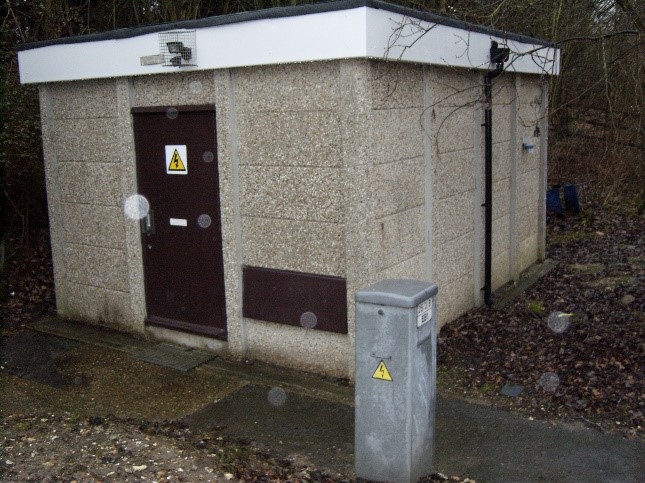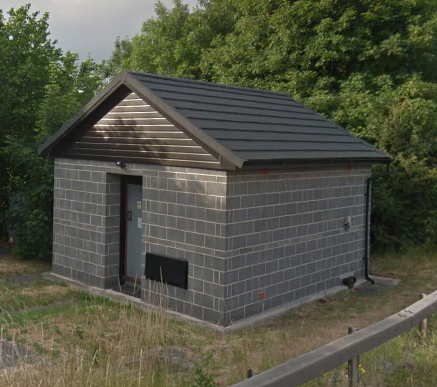Challenge – John has led a number of challenge workshops on both major trunk road and local authority highway schemes. The composition of these varies depending upon the size and complexity of the scheme but can include the client organisation and their stakeholders, safety and maintenance advisors and the delivery contractor and design team. John is able to plan and facilitate these workshops and report on the outcome.
The aim of the challenge is to assess the developing scheme against the objectives and offer support and guidance as to how the design should be progressed for example highlighting any areas that should be considered further. The challenge will where appropriate challenge the scheme objectives to remove waste that adds little value and offer alternatives that are lower carbon, lower cost and more stainable.
‘Challenging the Norm’ is a philosophy John adopts in all his work rather than accepting how things have been done in the past with the two key focusses being innovation and asking ‘why’. Innovative solutions lead to more sustainable and lower carbon products that are often more cost effective to install or maintain. Asking ‘why’ may seem a simple approach, however, understanding why something has been done or is a requirement allows John to offer alternative ideas or suggest that elements are not required as they add little value.
Optioneering – John has a strong ability to understand why a project is needed and offer alternative solutions or approaches to these. John is able to quickly sketch up options and highlight the benefits of each to work collaboratively with the client and wider team in order to determine which should be developed further. This approach avoids abortive work developing options in detail that do not meet the scheme objectives and allows the team to focus on those with the most potential.
Buildability - Understanding how a scheme will be built will enable the impact it may have on settlements, road / rail users and the environment for example to be assessed allowing mitigations to be developed or the impacts to be communicated. The assessment may simply include an assessment construction traffic may have on the local road network to a detailed implementation plan which develops the stages of construction with a detailed programme.
John is also experienced in traffic management and is able to develop phasing schemes that minimise the disruption and frustration to the travelling public whilst optimising the construction space available.

